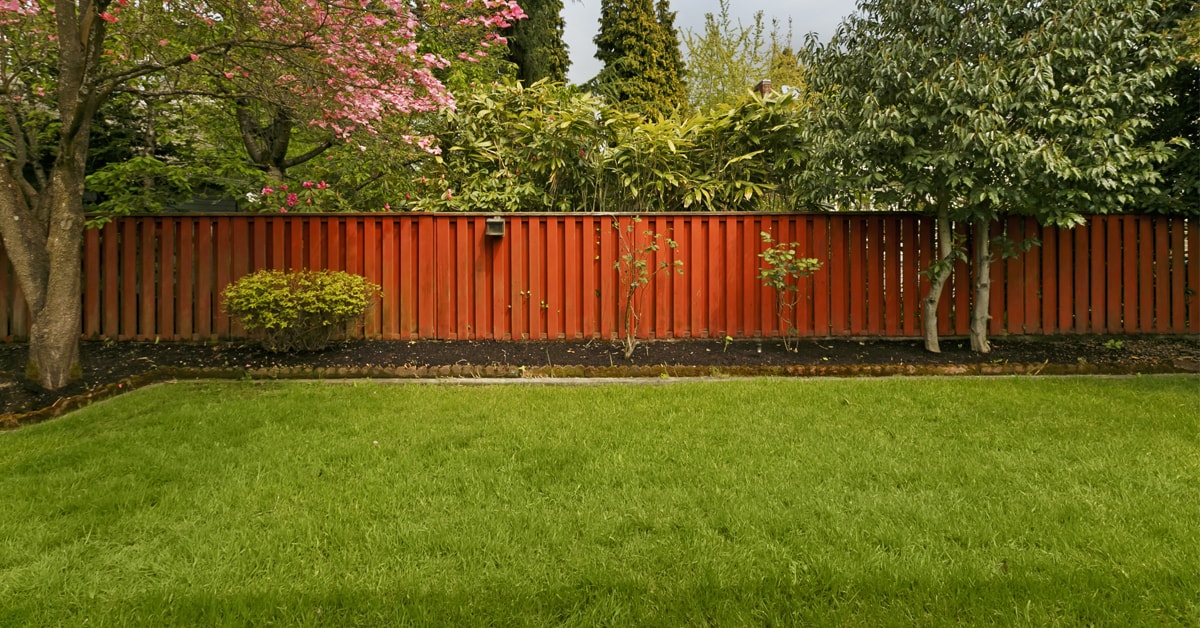Identify the Location of the Fence
- Use stakes to identify the corners of the proposed fence.
- Run a string between the stakes to mark the layout.
- Ensure that the corners are square and that the diagonal lengths are identical.
- Verify that the proposed fence will be entirely within your property lines.
- Mark the locations for the 4" x 4" posts. On-centre spacing (centre of post to centre of post) may be 4', 6' or 8' depending on the size of the fence panels. Rest the posts on the string, all on the same side.
- Ensure that the spacing at the corners is never less than 2'. Reposition the posts if necessary.
- Locate gates and entrances.
- Double-check that there are no cables, pipes or electric wires under the proposed fence.



















